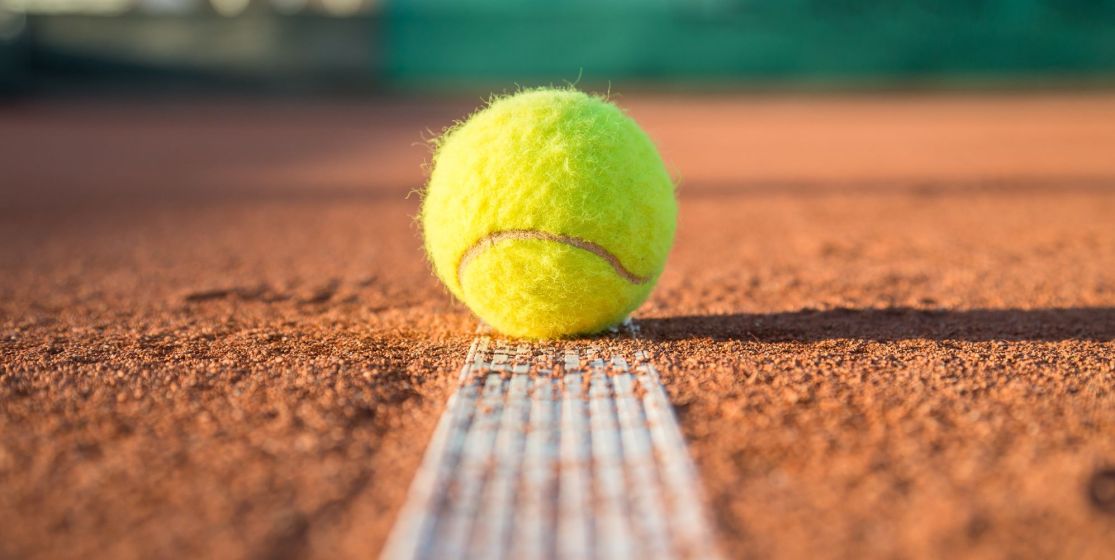With Nadal absent, the three times finalist Novak Djokovic will try to win one of the few titles he didn’t take home last year. Besides its age and its 113 years of existence, the legendary Cincinnati tournament is the favourite of the year for many players... Why? Here’s our take…
Every year, it's the same old story. The tour follows cycles in accordance with established habits. The season starts in the Middle East and/or at the Australian Open then a short period indoors in February, mainly in Europe. The first U.S. tour, centred on the first two Masters Series of the year, BNP Paribas Open Indian Wells and Miami, before a return to Europe this time to the clay courts concluded at Roland-Garros. Then a quick passage on grass, dominated by Wimbledon, before a break in July or auxiliary events on clay. The end of season is full of Masters 1000 events in Asia and on the Old Continent and has the ATP World Tour Finals for dessert. However, before this conclusion, there is a second Yankee part, from Los Angeles to the U.S. Open through Canada in August and the Cincinnati tournament, a stalwart fixture that players love, in Ohio's stifling heat. The event has been around since 1899, spanning over three centuries. It’s the third in terms of event longevity in America after the U.S. Open and San José except that the latter two have moved - the US Open from Newport to New York via Rhode Island and the Californian tournament had its original home in Monterey.
A solidly Republican state, half-industrial, half-rural, Ohio was best known for its unique rock bands from Pere Ubu to Devo, from Chrissie Hynde of The Pretenders to Marilyn Manson through the Deal sisters from the band Breeders. However, since the creation of the event at the end of the nineteenth century, the tournament has always been there, or almost. Three times, the Cincinnati didn't have its great annual shindig: in 1918 because of World War I, in 1921 for organizational reasons and in 1935 due to the Great Depression. The rest of the time, all generations of players have passed through. Tony Trabert, Bill Johnston, Bill Tilden, Bill Talbert, Bobby Riggs, Beals Wright, Pancho Segura, through all the Australians of the 60's, Nastase, Kodes, Borg, McEnroe, Connors and all current players. Wilander and Federer are the record holders in the Open era with four victories, George Lott in the 1920's and Bobby Riggs in the following decade also won four times there.
The fifth Grand Slam
Over the years, the competition of "Cincy" has, however, changed a lot. Changes of surface: first on clay, described as "crushed brick dust", then a short interlude on carpet at the time of an indoor exile in the 70's, and on to Deco Turf from 1979. Changes of name: the Cincinnati Open, the Tri-State Tennis Tournament, the ATP Championships and finally, The Western and Southern Cincinnati Masters, its current name. Changes of venue: from the Avondale Athletic Club, originally, then Cincinnati Tennis Club until 1972. From the Cincinnati Convention Centre during the indoor years to Coney Island Amusement Park on the Ohio River a couple of years later before a final move to Mason, where it has been for the last thirty years, about thirty miles from Cincinnati, not far from Dayton, Columbus and Indianapolis. It's true that since 1975, the Ohio's event has an outstanding director, lauded on the tour, Paul Flory, a former head of Procter & Gamble, who has always known how to put on a marvellous spread. First was the move to Mason, nicknamed "The Home of the Comets", and whose motto is "More than you can imagine" that fits perfectly the ambition of the boss. Besides its location, Mason has some exquisite golf courses and a famous amusement park (Kings Island, Editor's note), not to mention the boat cruises on the Ohio River. Flory has also decided to make Cincinnati the biggest tennis event of the year, outside of the Grand Slams.
Four central courts – sixteen courts in total and a capacity of 22,000 seats - have been built in the Lindner Tennis Centre, making it the largest arena in the world not to host a Grand Slam. There the players have always been spoiled. In 1989, to be accredited as a major tournament of the great global marquee, the former Procter & Gamble man doubled the prize-money for the tournament. In 1986, the players were talking of the event as the competition of the year. And since then it has collected numerous ATP awards. The Ladies, who were absent since the 70s, returned at the end of the next decade and since last year, the both tournaments are held on the same week. Over time, despite the stifling heat of August and the dehydration, the players have always regarded Cincinnati as one of the most hotly-anticipated tournaments of the year. "In Cincinnati, it feels so good, I feel at home" said Mats Wilander recently to the Cincinnati Inquirer. In the same newspaper, Michael Chang, who scored two victories against Edberg plus two lost finals there against Agassi, continued: "In Cincy, I was able to reconcile business and a good connection with the audience... It was great fun. Everyone is friendly, very hospitable. It's an incredible atmosphere. When you play in a place where you have fun, your attitude becomes positive.” What if that was the greatest legacy of Paul Flory to the tennis world?
By Rico Rizzitelli






